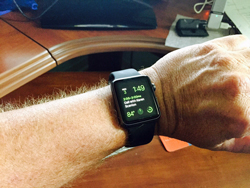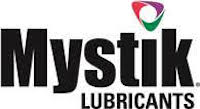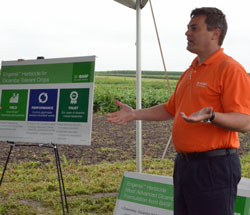 A leader in information solutions for the transportation and agriculture markets has teamed up with the industry leader in farm management software are teaming up. Iteris, Inc. has partnered with Conservis Corp. to integrate Iteris’ ClearAg Visualization Components and Advisory Services into Conservis’ next-generation farm management information system (FMIS) platform.
A leader in information solutions for the transportation and agriculture markets has teamed up with the industry leader in farm management software are teaming up. Iteris, Inc. has partnered with Conservis Corp. to integrate Iteris’ ClearAg Visualization Components and Advisory Services into Conservis’ next-generation farm management information system (FMIS) platform.
Conservis’ FMIS platform manages more than $8 billion of farm assets at all stages of production, providing growers with real-time management such as planning, purchasing, planting, harvesting, and marketing control. Through this integration with Iteris, Conservis customers will also be able to access ClearAg’s global weather, water, soil, and crop health advisory information through the embedded visualization components in Conservis’ farm management dashboard.
“As a global provider of the most advanced FMIS services, Conservis has established itself as a leader in the farming industry,” said Tom Blair, senior vice president, Performance Analytics at Iteris. “Together with ClearAg’s patented weather, water, soil, and crop health advisory services, Conservis will provide a unique and powerful solution set that helps reduce operational costs and increase crop yields. The integration of ClearAg Visualization Components and APIs into Conservis’ leading farm management software will also provide Conservis users access to ClearAg’s new Harvest Advisory Services, which should help optimize important harvest operations, such as the determination of optimal harvest windows based upon crop moisture content and crop growth stages.”
Conservis’ FMIS platform provides some of North America’s most progressive farmers with the insight needed to be more efficient business managers. Through its software, producers can integrate key functions of their business, aggregate the data produced by those functions, and utilize analytical tools to help make data-driven decisions, resulting in more tightly integrated and managed operations.
“We are committed to delivering the most powerful farm management solution in the market, and now with the integration of ClearAg’s Visualization Components and Agronomic Advisory Services, we plan to offer an even greater analytical toolset to today’s top growers,” said Pat Christie, CEO of Conservis. “With harvesting season around the corner for many of our customers, Conservis users should promptly experience the value of this integration, especially with the patented technologies behind the ClearAg Harvest Advisory Services. We are confident our customers will find ClearAg to be a valuable addition to their farming operations.”












